


While the Western New Year is more about drinking, the Chinese New Year is an opportunity to honor family and friends, and to enjoy some culinary traditions. We consulted Fuchsia Dunlop, author of Shark’s Fin and Sichuan Pepper, and Doris Lum, president of the Association of Chinese Cooking Teachers, as well as Rosemary Gong’s book on Chinese culture and celebrations, Good Luck Life, to find out what foods we should have on hand to ensure a prosperous and happy year to come.
西方人过新年,总免不了开怀畅饮,而中国人过春节,讲究的则是亲朋好友团聚,享用传统美食。究竟如何吃出一个喜庆繁荣的好运年呢?在这里,三位美食达人——《鱼翅与花椒》的作者扶霞·邓洛普、膳艺社主管多丽丝·林与《红运生活》的作者罗斯玛丽·龚——将向你细细道来。
1. Tangerines and Oranges 福橘
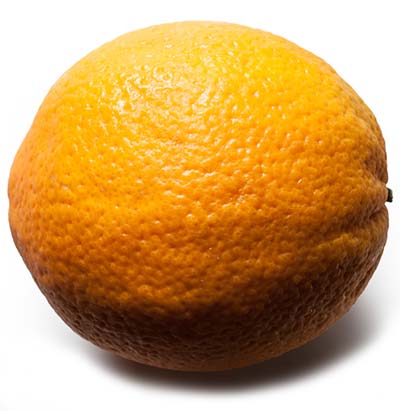
Displaying and eating these fruits is said to bring wealth and luck. According to the Chinese Culture Center of San Francisco, the tradition stems from the way the Chinese words for gold and orange sound alike, while the word for tangerine echoes luck.“It’s good if they have leaves,” adds Lum, “because leaves symbolize longevity.” But don’t group them in fours, because, Dunlop says, this number is associated with death.
春节摆福橘,吃福橘,能带来财富与好运。旧金山中国文化中心的成员告诉我们,在中文里,“金”与“橘”谐音,而“橘气”又代指“好运气”,于是就有了吃福橘的传统。“福橘最好能带上叶子。”多丽丝·林补充道,“因为叶子象征长命百岁”。而邓洛普提醒,可千万别把福橘成四放置,因为数字4在中文里音近“死”。
2. Long Noodles 长寿面
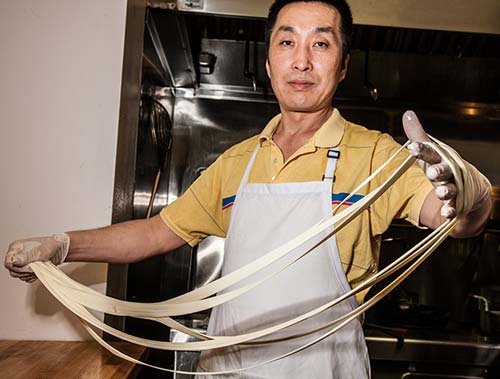
If noodles are served, then “keep them as long as possible for long life,” says Lum.
林说,春节里做面条,“尽量做得越长越好,那代表着长寿”。
3. The Tray of Togetherness 八宝盒
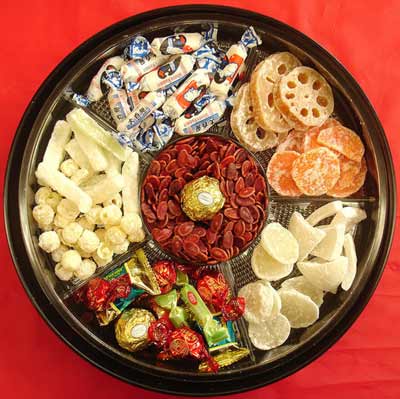
Put out for visiting relatives to snack on, or given as a gift, the eight (“a traditionally symbolic lucky number,” explains Dunlop) compartments of the tray are filled with things such as preserved kumquats for prosperity, coconut for togetherness, longans to bring many sons, and red melon seeds for happiness.
春节期间,走亲串户,家家都会准备八宝盒,既可作零嘴,也可当赠礼。八宝盒分为八格(邓洛普解释道:“8是个吉祥数字。”),分别装有象征财富的金桔,象征团聚的椰片,象征多子多孙的龙眼,象征喜庆的红瓜子,等等。
4. Nian Gao 年糕
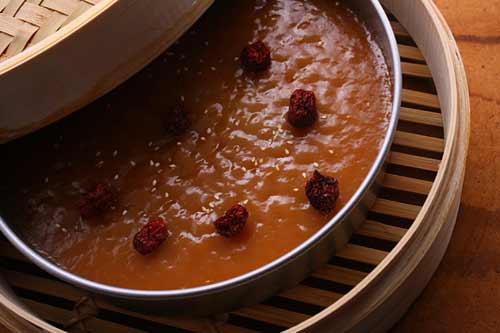
“Nian gao means year cake, but gao sounds the same as the word for tall or high,” says Dunlop. Hence the cakes symbolize achieving new heights in the coming year. The steamed sweets are made of glutinous rice flour, brown sugar, and oil. Some versions have white sesame seeds, red dates, or nuts in them (the dates are said to bring “early prosperity,” writes Gong in Good Luck Life). If you want to try your hand at making nian gao, here's our recipe. Chowhounds also have some tips.
“年糕是种面食,不过‘糕’与‘高’同音,意义非凡,”邓洛普表示。因此,年糕就被赋予了年年高升的寓意。年糕味甜,由糯米、红糖及食用油制作而成。有时,人们也会加入芝麻、红枣或坚果(罗斯玛丽·龚在《红运生活》中写道,据说红枣能让人早生福气)。如果你想动手做年糕,我们的网站(chowhound.com)上有相应食谱及烹饪小贴士。
5. Pomelo 禄柚
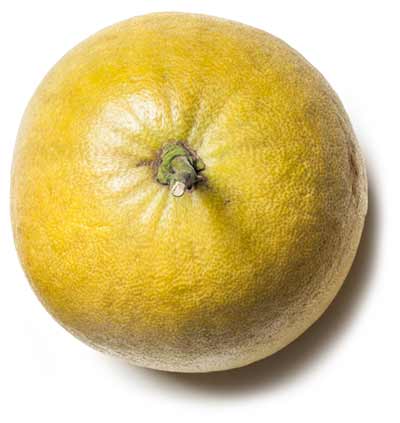
This large citrus fruit is popular, writes Gong, because it is thought to bring “continuous prosperity and status.” The tradition comes from the way the Cantonese phrase for pomelo sounds similar to the words for prosperity and status, explains Lum.
龚在书中还写道,柚子在春节期间很受欢迎,因为中国人认为它象征着“财源广进,扬名四海”。林则解释道,广东人把“柚子”称作“禄柚”,吉祥之意由此而来。
6. Jai 斋菜
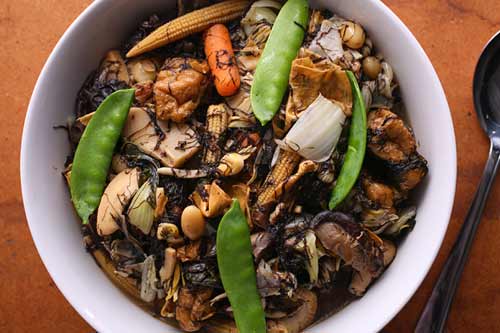
This vegetarian dish is eaten because it’s “part of the Buddhist culture to cleanse yourself with vegetables,” says Lum. It’s also packed with good-luck foods, writes Gong, breaking it down by ingredient: sea moss for prosperity; lotus seeds for children/birth of sons; noodles for longevity; lily buds to “send 100 years of harmonious union”; Chinese black mushrooms to “fulfill wishes from east to west”; and more. Try our recipe.
春节期间,也有食素的传统。“佛教认为,吃斋能净化自己,”林解释道。龚也在书中写道,制作斋菜,选料还需图个喜庆,比如:裙带菜代表着兴旺,莲子代表着多子多孙,面条代表长寿,百合则寓意着“百年好合”,香菇象征了“万事如意”,等等。不妨试试咱们的食谱吧。
7. Long Leafy Greens and Long Beans 绿叶时蔬与长豆
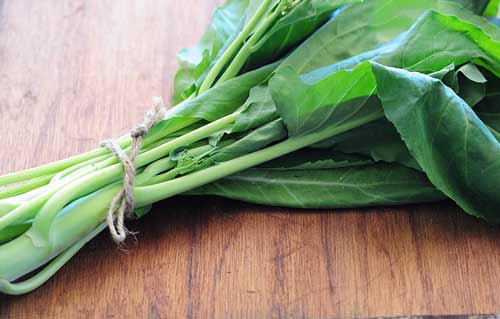
Gong writes that leafy greens, such as Chinese broccoli, are “served whole to wish a long life for parents.”
龚在《红运生活》中写道,春节期间烹制绿叶时蔬,比如芥蓝,寄托着子女“希望父母长命百岁”的美好心愿。
8. Whole Fish 全鱼
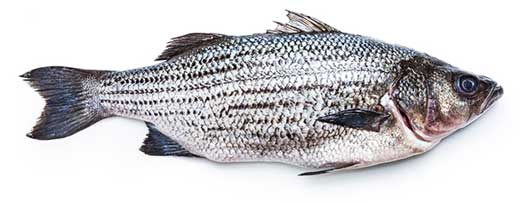
The Chinese word for fish sounds like the word for abundance, says Lum. It’s important that the fish is served with the head and tail intact, writes Gong, “to ensure a good start and finish and to avoid bad luck throughout the year.”
林解释道,中文里,“鱼”和“余”同音。春节吃鱼,得连着鱼头鱼尾吃一整条。《红运生活》中这么写道,“如此一来,才能保证一年到头红红火火,霉运全无”。
9. Sweets 甜食
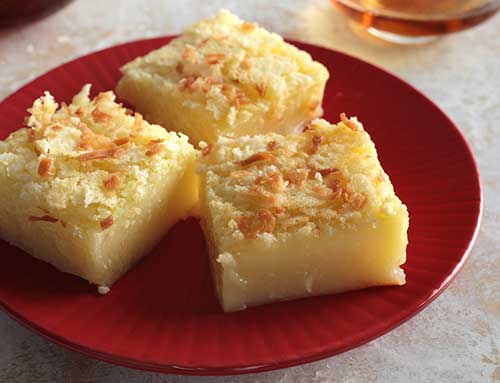
Serving desserts brings a sweet life in the new year. Gong writes that a childhood favorite was the flaky cookie pockets called gok jai, filled with peanuts, coconut, and sesame.
春节期间吃甜食,寓意新年甜甜蜜蜜。龚在书中记录了儿时最爱的甜点——糕仔,口感酥脆,里头有花生、椰片与芝麻。
10. Yuanbao (Jiaozi) 元宝(饺子)
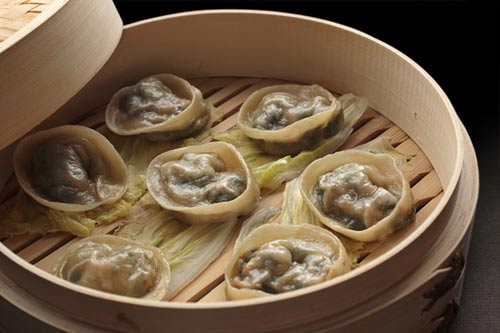
“In North China, everyone eats the jiaozi dumplings,” says Dunlop. “Families will make a dough and wrap it around pork and cabbage, and boil [the dumplings], then serve them with vinegar and soy sauce. You can wrap them in the shape of an old silver ingot.” Gong writes that during New Year celebrations jiaozi are called yuanbao, a reference to the ancient, ingot-shaped Chinese currency, and that eating them is said to bring prosperity. While making them, families sometimes tuck added good-luck foods like peanuts (to bring long life) into some of them.
“中国北方过年,人人都要吃饺子。”邓洛普说,“家家户户都要包白菜猪肉饺子,入锅烹煮,以醋与酱油作蘸料。而且,饺子常常会被包成元宝的形状。”龚则在书中进一步解释道,元宝是中国古代的货币。每逢春节,中国人会把饺子称作元宝。于是,吃饺子便寓意了来年财源广进。另外,不少人家还会在一些饺子中包入其他吉利食品,比如花生,寄寓了长寿之意。
来源: 中国日报网 | 作者: | 责编:张苗 审核:张渊
![]() 新闻投稿:184042016@qq.com 新闻热线:13157110107
新闻投稿:184042016@qq.com 新闻热线:13157110107
版权所有 中国互联网新闻中心
电话: 057187567897 京ICP证 040089号